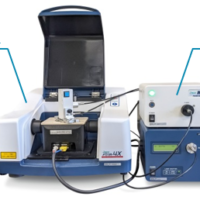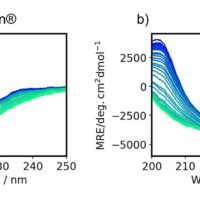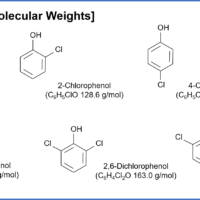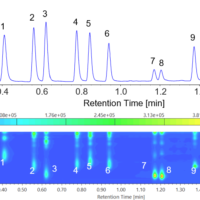Introduction
Organic acids are compounds that produce tastes such as sourness and deliciousness. They also have some significant features such as oxidation resistant and antibacterial activity. To detect organic acids by HPLC, some methods have been prepared, such as detection with low wavelength of UV, direct detection using Refractive Index detector or electric conductivity detector, and detection with using a pH indicator. The direct detection method, however, has difficulties to separate the target and foreign substances so that the quantification of target substances is difficult. High mobile phase background levels and low selectivity are also problematic. While pH indicator detection can be used, higher selectivity and sensitivity analysis can be achieved through visible absorbance detection by a post column method.
In this article, the analysis of organic acids in alcohol is implemented using a post column method and BTB as pH indicator. The detection wavelength of UV detector is 445nm.
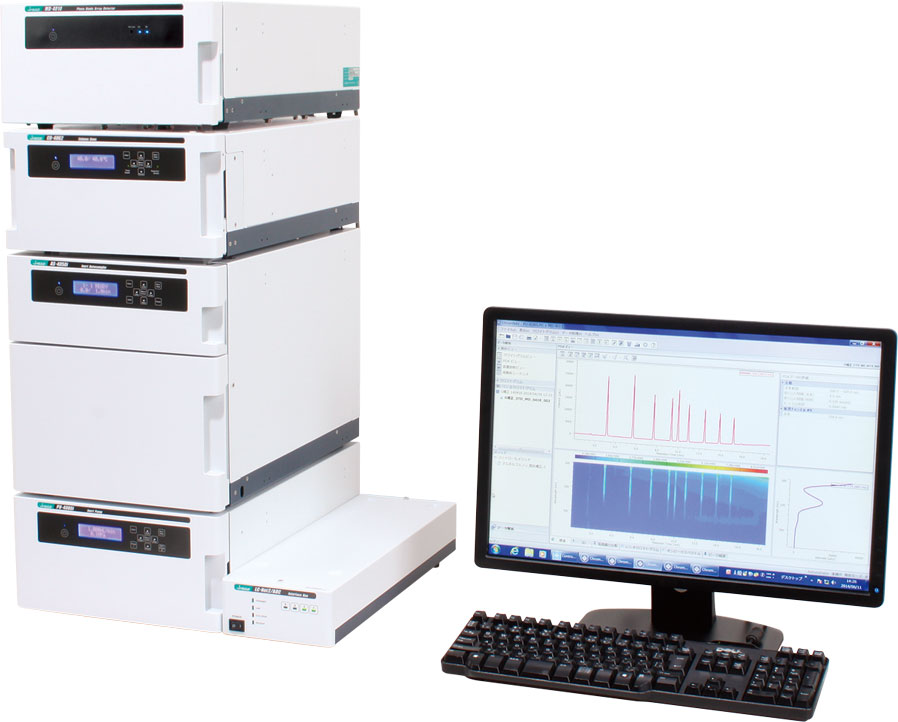
LC-4000 HPLC system
Experimental
Experimental Condition
Column: Shodex RSpak KC-G + KC-811 x 2 (6.0 mmI.D. x 50 mmL) (8.0 mmI.D. x 300 mmL x 2)
Eluent: 2mM Perchloric acid
Eluent flow rate: 1.0 mL/min
Reagent: 0.2 mM BTB + 15 mM Disodium hydrogen phosphate
Reagent flow rate: 1.5 mL/min
Column temp.: 60 ̊C
Wavelength: 445 nm
Injection volume: 50 µL
Standard: 14 organic acids, 1 mmol/L each
Sample: Alcoholic beverages
Schematic diagram
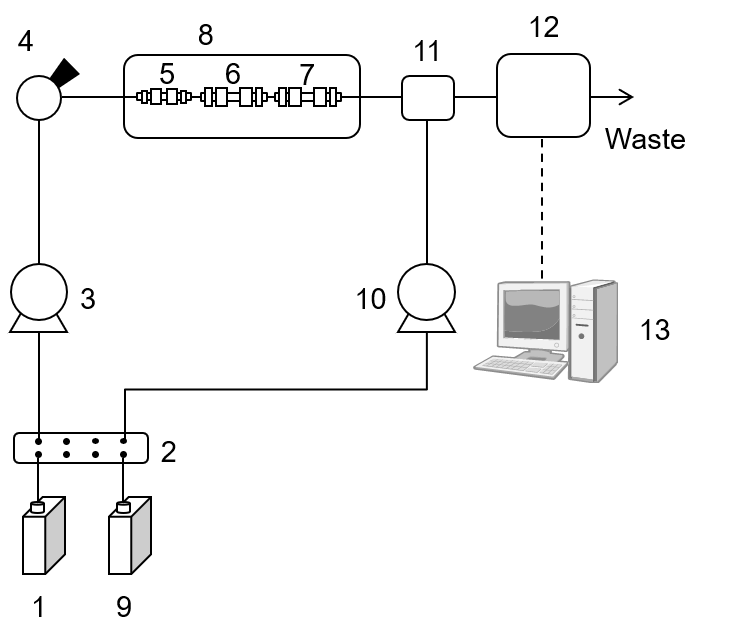
1: Eluent, 2: Degassing unit, 3: Eluent pump, 4: Autosampler, 5: Gard column (RSpak KC-G), 6, 7: Column (RSpak KC-811), 8: Column oven, 9: Reagent, 10: Reagent pump, 11: Organic acid reaction unit, 12: UV/VIS detector, 13: Chromatography data system
Pretreatment
Rice wine: Rice wine is filtered by 0.45 µm membrane filter
Red wine: After the red wine is diluted ten times by ultrapure water, the solution is filtered by 0.45 µm membrane filter
Plum wine: After the plum wine is diluted ten times by ultrapure water, the solution is filtered by 0.45 µm membrane filter
Keywords
Organic acids, alcohol, pH indicator, BTB, UV-Vis detector, Shodex RSpak KC-811
Results
Figure 1 shows chromatograms of organic acids mixture solution. This alcohol sample contains not only twelve organic acids mixture standard sample but also phosphoric acid and tartaric acid. Therefore, the standards of the two substances were also measured.
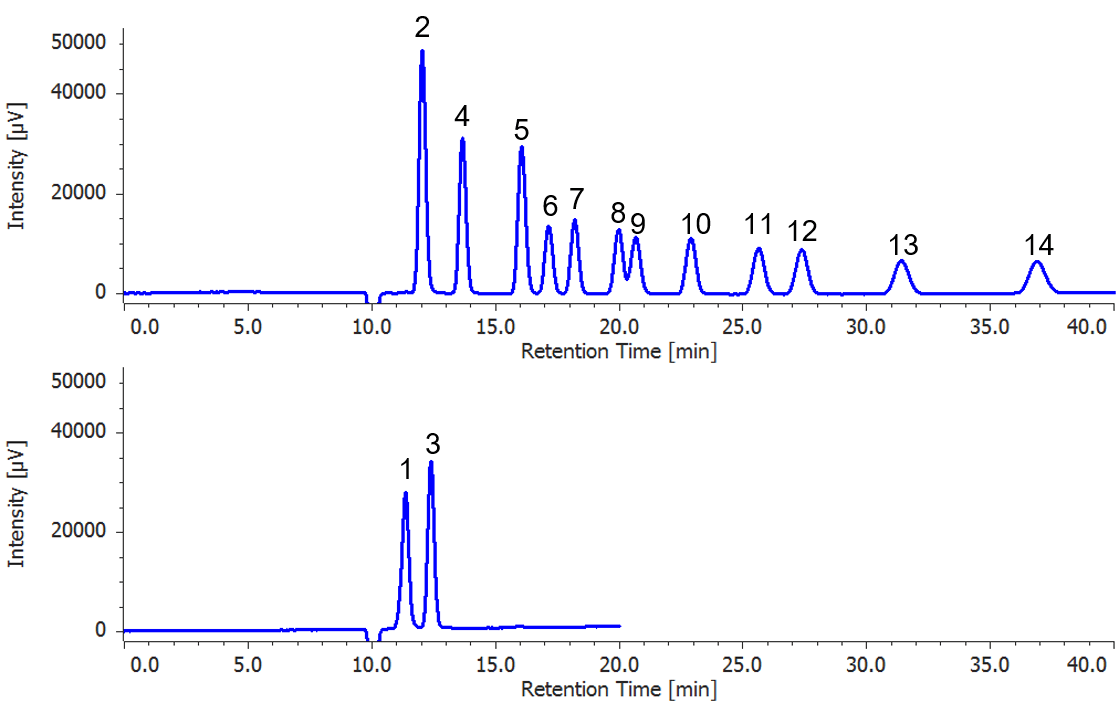
Figure 1. Chromatogram of organic acids mixture solution (1: Phosphoric acid, 2: Citric acid, 3: Tartaric acid, 4: Malic acid, 5: Succinic acid, 6: Lactic acid, 7: Formic acid, 8: Acetic acid, 9: Pyroglutamic acid, 10: Propionic acid, 11: Isobutyric acid, 12: n-Butyric acid, 13: Isovaleric acid, 14: n-Valeric acid)
Figure 2, 3, and 4 shows the chromatogram of rice wine, red wine, and plum wine. The red wine and plum wine were diluted ten times to measure the chromatograms.
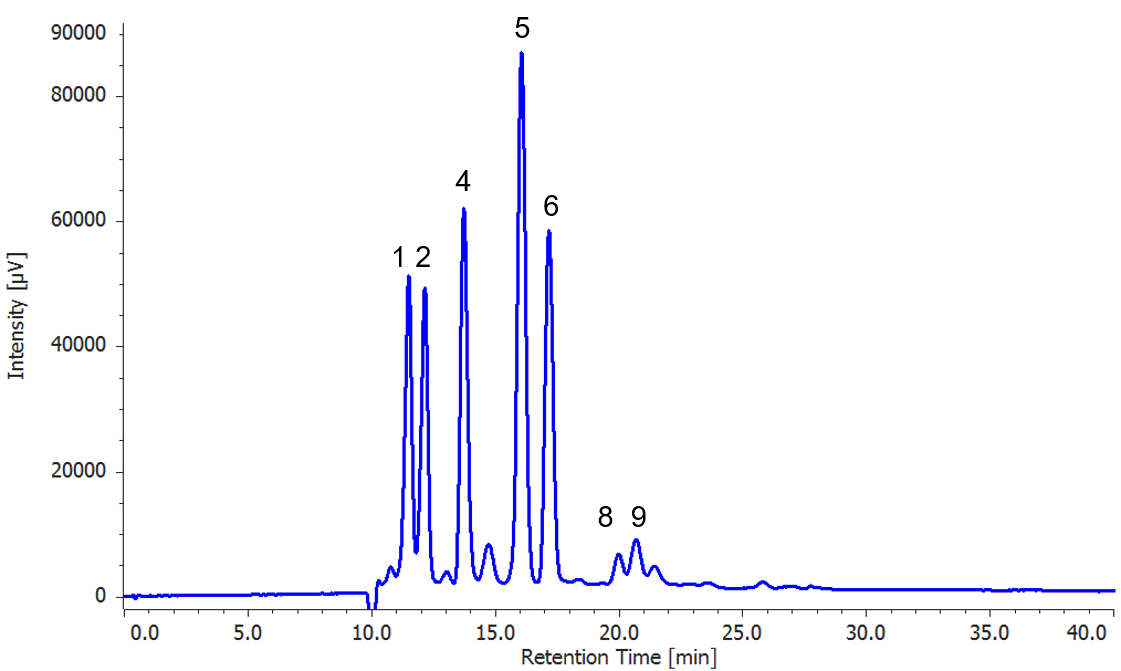
Figure 2. Chromatogram of rice wine (1: Phosphoric acid, 2: Citric acid, 4: Malic acid, 5: Succinic acid, 6: Lactic acid, 8: Acetic acid, 9: Pyroglutamic acid)

Figure 3. Chromatogram of red wine (1: Phosphoric acid, 2: Citric acid, 3: Tartaric acid, 4: Malic acid, 5: Succinic acid, 6: Lactic acid, 8: Acetic acid)
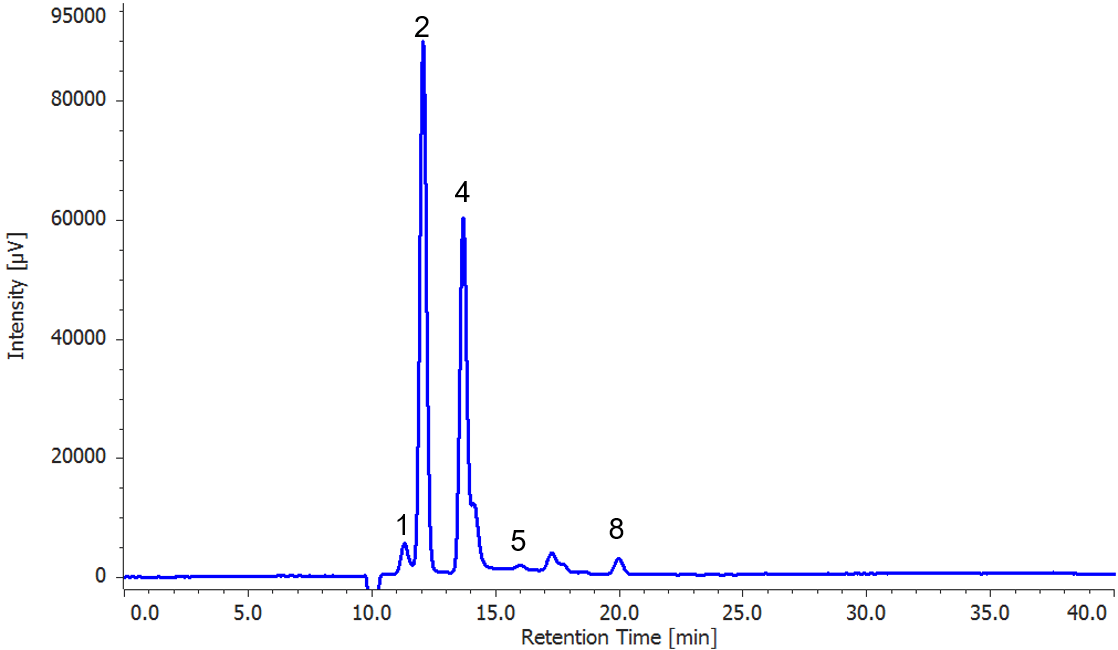
Figure 4. Chromatogram of plum wine (1: Phosphoric acid, 2: Citric acid, 4: Malic acid, 5: Succinic acid, 8: Acetic acid)



